Practical Tips, Products, and Suggestions
The Content of this site is not intended to be a substitute for professional medical advice, diagnosis, or treatment. Always seek the advice of your physician or other qualified health providers with any questions you may have regarding a medical condition. The products listed here are for reference only, and the user should conduct independent research to determine the applicability of any product for their individual needs. The Midwest College of Oriental Medicine does not endorse, recommend, or make any claims that these products are suitable to cure, treat, prevent, or mitigate any symptom, condition, or disease. This warning is especially true for the COVID-19 virus.
Click on the Item for Quick Navigation
Personal Protection Masks
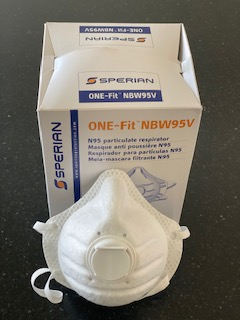
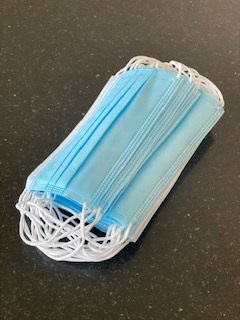
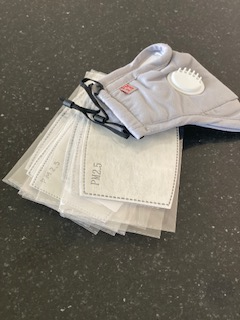
Most experts have agreed that there are two types of COVID-19 particles:
- Envelopes (bubbles) containing the virus
An envelope is the name of the biological particle container of the virus. The envelope can be described as soap bubbles children play with in a backyard. When the envelope pops, the virus dies.
- Airborne aerosol particles (the most dangerous)
Aerosol particles are primarily found in hospitals and medical centers caring for COVID-19 victims. Medical procedures can generate these particles. There may be cases of aerosol particles outside of medical centers; however, experts indicate this is rare.
That is why it is essential to provide healthcare workers on the frontline with N95 masks, which filters out 95% of all particles. Cloth masks with N95 inserts and surgical loop masks are less effective than N95 masks; however, they are better than nothing at all.
The College has an inventory of all forms of masks for interns, students, personnel, and patients in anticipation of restarting classroom instruction and clinic services.
Ultraviolet Light (UVL) Sterilization
Hospitals, medical clinics, and food services have used Ultraviolet Light (UVL) for reducing or destroying pathogens for many years. We see these lights mounted on walls close to the ceiling of medical offices, kitchens, and anywhere there is a desire to assure a clean and safe environment.
In 1903, Niels Fensen received a Nobel Prize for his use of UVL to combat tuberculosis, and in 1910, the first drinking water disinfection system opened in Marseilles, France. In the 1950s, the significant initial research of UVL disinfection began when the use moved into commercial and residential use.
The UVL treatment process is a rapid physical process. Ultraviolet light mutates and degrades the DNA of pathogens, airborne, or in water. DNA (or deoxyribonucleic acid) is the part of the cell that gives an organism its instructions on how to function and reproduce. The use of UVL has become commonplace in air purifiers and sterilization methods.
The FDA issued guidance on various methods of sterilization, including UVL.
Click Here to Download the FDA Guidance on UVL
In preparation for the coming COVID-19 epidemic and later the COVID-19 pandemic, our College purchased UVL sterilization devices when there appeared to be a shortage of N95 masks and surgical loop masks.
The first purchases were UVL sterilization units capable of decontaminating paper masks without affecting the structure and filtration capability of the covers.
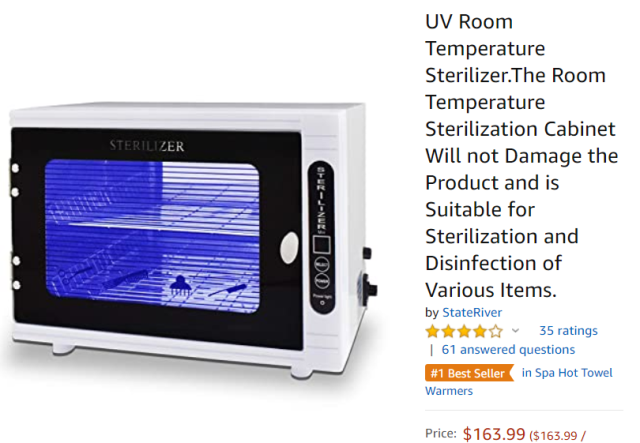
The College purchased additional UVL cell phone sterilizers capable of decontaminating N95 inserts for cloth masks.
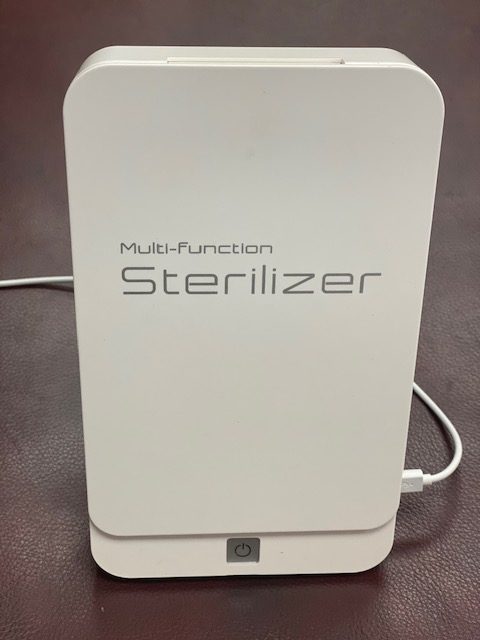
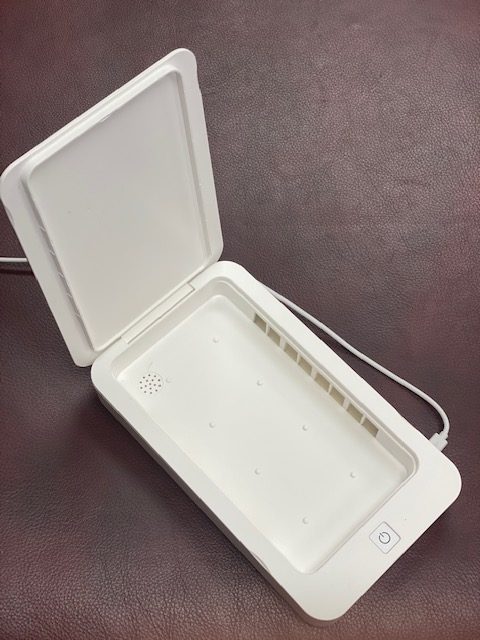
Forced Air Furnace Sterilizers
Forced Air Furnace Sterilizers
UVL is an effective air sterilization method. Turn on the furnace fan and the air is continuously decontaminated. Several manufactures, including Honeywell, make these units. Less expensive units are available on the internet for around $100.00, and installation is not difficult.
You will need:
A drill
A 1-2 inch hole saw bit for the drill
A small bit for the installation using sheet metal screws
An electric or manual screwdriver
A marker to transfer the installation pattern to the ductwork
Gloves
Eye protection
Installation requires one or two holes; each hole is one to two inches in diameter. These are drilled into the return air duct. Fastening the unit to the furnace with a few sheet metal screws complete the installation and you simply plug them into an ordinary electrical outlet.
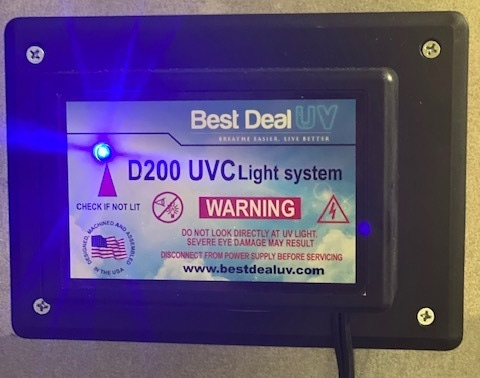
Heat Based Sterilizers
Cloth and paper masks are not suitable for steam sterilization. Controlled heat and time are used for the decontamination of masks and other items. There are several heat-based sterilizers sold by medical supply companies. Most are extremely expensive and out of reach of the general public and most healthcare practitioners.
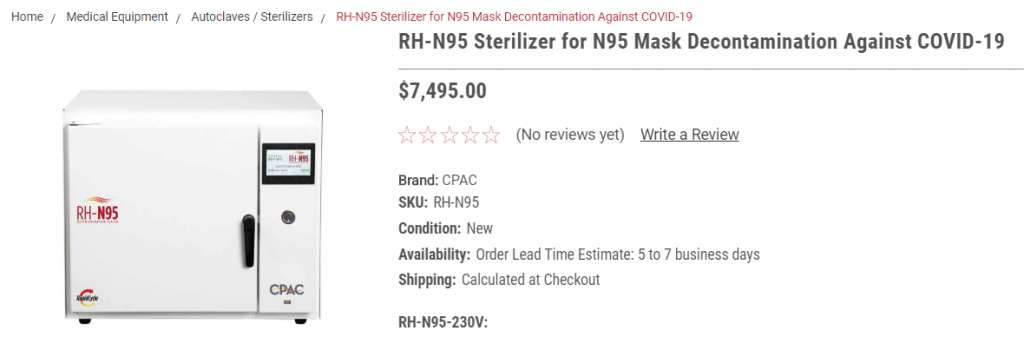
The key to this type of sterilization is controlling the temperature and duration of the unit. Much less expensive units are available, which are used for sterilization of dental instruments, tattoo guns, and other objects, including masks. This unit is priced at under $60.00. The controls include temperature and time.
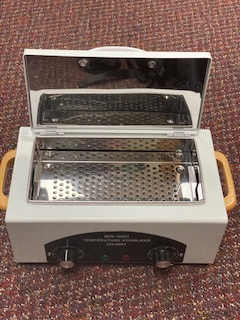
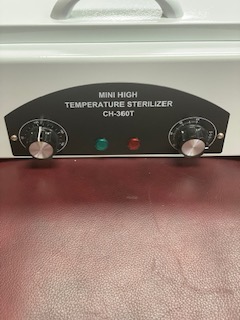
Personal Ozone Devices
Ozone is an effective way to clear the air of dust, smoke, and airborne contaminates. The key to using ozone is to limit, the amount which is breathed into the lungs. Ozone is a lung irritant and, in large quantities, can cause lung problems. Most ozone generators that are used for personal use hang on a lanyard around the neck and emits small amounts of ozone to generate a tiny bubble of ozone around the face to kill germs, viruses, and remove contaminates. Caution needs to be taken for individuals suffering any lung or breathing problems before using a personal ozone generator.
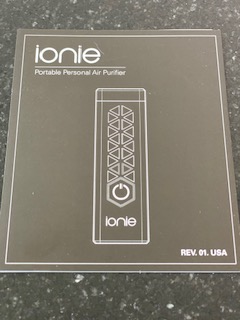
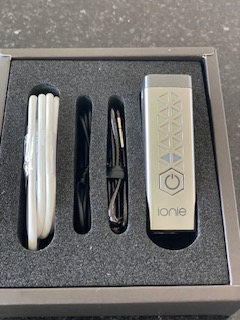
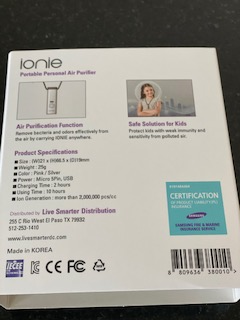
Hand Sanitizer
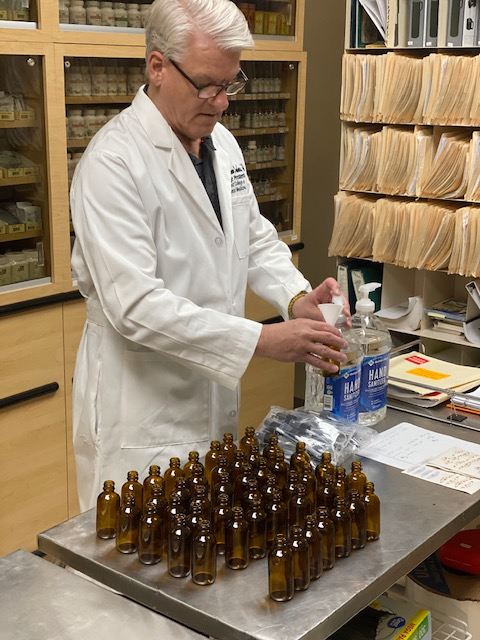
Before the COVID -19 pandemic, the FDA guidance on hand sanitizer was of mixed opinion on the concentration of 90% alcohol. When I first read the recommendations in the Code of Federal Register, 70% was the recommended concentration. Later in March, new guidance was released for an official recipe for the manufacture of sanitizer, and the concentration was raised to 75%.
The hand sanitizer the College has produced contains:
90% Isopropyl Alcohol in a 75% concentration
100% Aloe Vera Juice (not gel) in a 25% concentration
5 ml of lemon essential oil for fragrance
The ingredients are placed in a 20 ml brown glass spray bottle and used for hand sanitizer and/or to spray the outside of masks after use. The College used the required label language within the FDA guidance for making hand sanitizers.
Suppliers (MCOM does not endorse any source for PPE)
This information is for personal research before making a purchase decision, and MCOM suggests individuals conduct their search before purchasing. These sources are used by the College to purchase PPE and related items.
For practitioners
A primary supplier of masks, gloves, and alcohol is henryschein.com. You must be a licensed healthcare provider to open an account. Many acupuncture supply companies have limited supplies. Update May 15, our clinics just received an order of two gallons 70% isopropyl alcohol, and a case of surgical gloves.
For the public
There is a reliable website for masks. This website is bizarre; it sells everything from guitar picks to power tools. They even sell some items individuals might find offensive. This site contains sellers who list their products from all over the world. Many times there are multiple listings for the same product with different prices and delivery times. Be sure to check out the arrival date, not the ship date. The shipping cost is usually more than the item cost. The masks my family is wearing were ordered from this site. They even sell pediatric masks. Be careful to check prices, delivery costs, and delivery time.
The site is www.wish.com
Photos with permission, public domain, by fair use, or taken by William Dunbar
